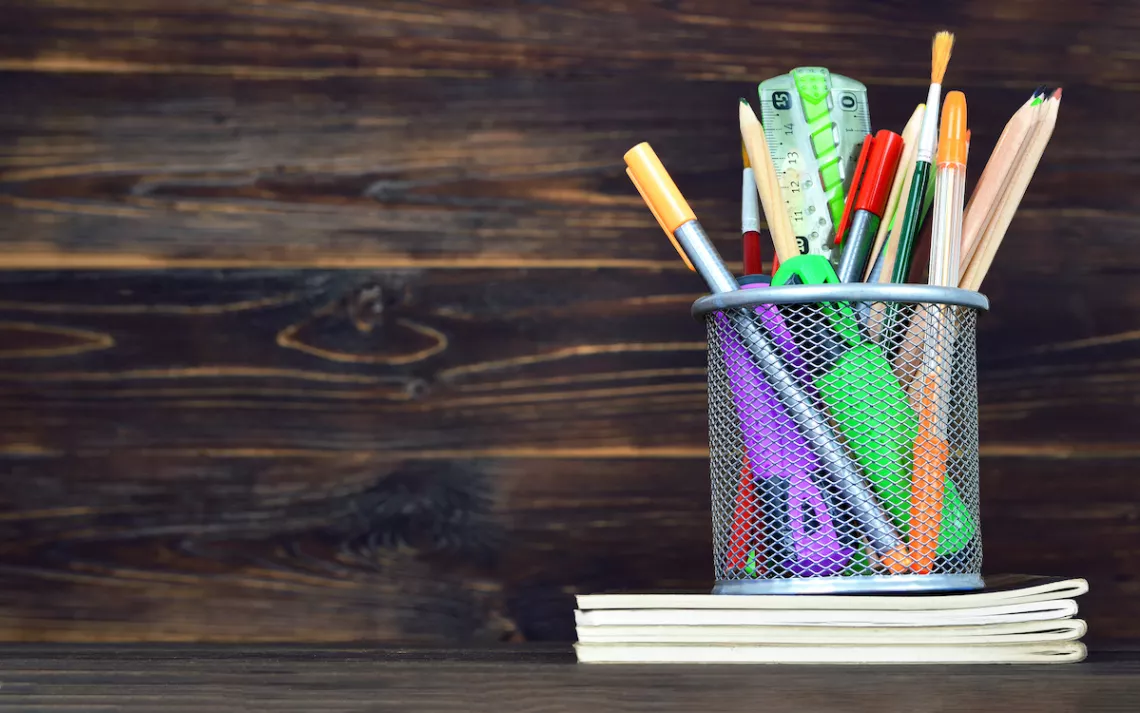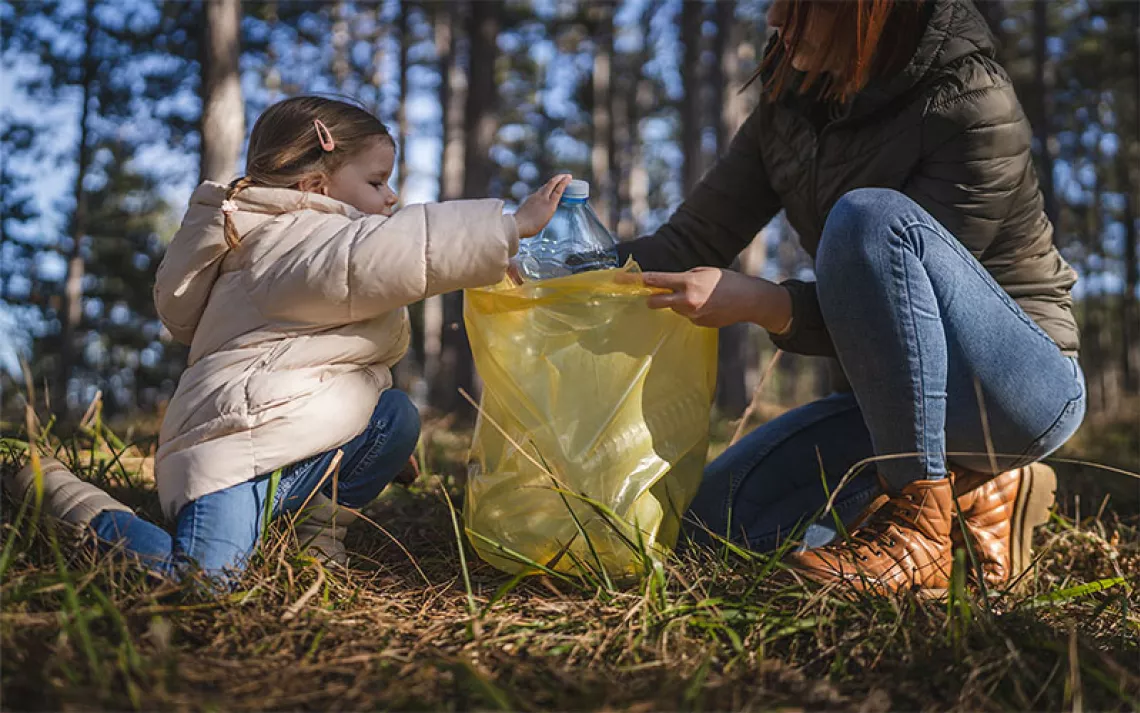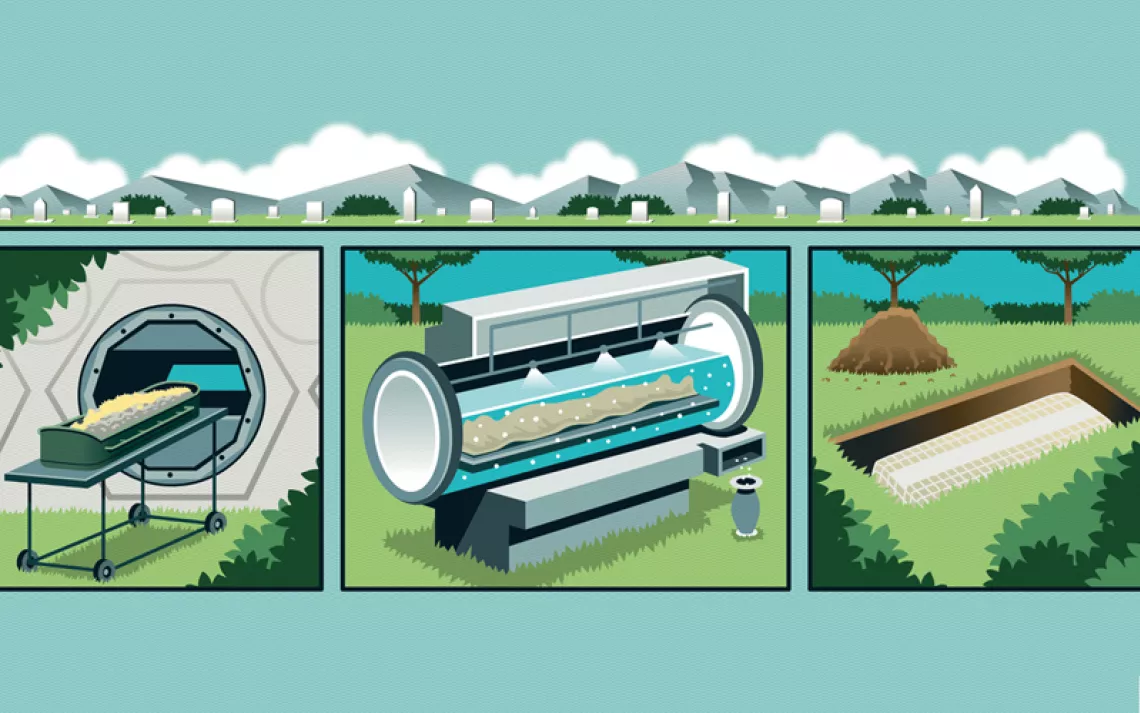What Is the Most Eco-Friendly Pen?
It's hard to recycle pens. Here's what to keep in mind.

Photo by izzzy71/iStock
At work, I go through a lot of disposable pens from companies like Bic and Paper Mate. Can these be recycled? How much waste do they produce? Is there a case to make for bringing back the fountain pen as an alternative? What exactly does an ecofriendly pen look like?
—Jonathan in Oakland, California
Bic sells an average of 57 pens per second. It’s hard to recycle pens because they’re too small for machines to sort and they’re made of hard-to-separate materials. You can pay Terracycle to downcycle pens, pencils, and markers (and almost anything) into things like benches. It'd be greener if they would recycle pens into pens.
I scoured the internet for a week for better solutions and called pen and ink creators. The Greenest Pen award (drumroll please) goes to Bonnie’s Bits and Things. She collects bamboo (a weed) from people who don’t want them. She teaches kids to dip 100-percent bamboo pens in soy sauce because it doesn’t stain. The greenest My Boss Might Let Me Use This Ink award goes to The Constant Forager who uses walnuts she forages, lists all ingredients (which sound edible), and packs inkwells with lichen instead of plastic padding. I asked if both would ship in reused (even ugly) packaging. She said yes!
The next greenest pens are Pilot’s B2P refillable pens made with 89-percent post-consumer recycled waste from plastic bottles (the highest percent I found). But each nonrecyclable refill comes in plastic packaging. If you have the budget, you can try piston-fill fountain pens with a window showing the ink level. Avoid ones with single-use ink cartridges, which are nonrecyclable. According to economist Jonathan Deans, it’s hard to say if they're greener than Bic nonrefillable pens. Also, pens in general might be made with metals from polluting mines with human rights violations.
So yes, you can borrow my weed pen.
 The Magazine of The Sierra Club
The Magazine of The Sierra Club



